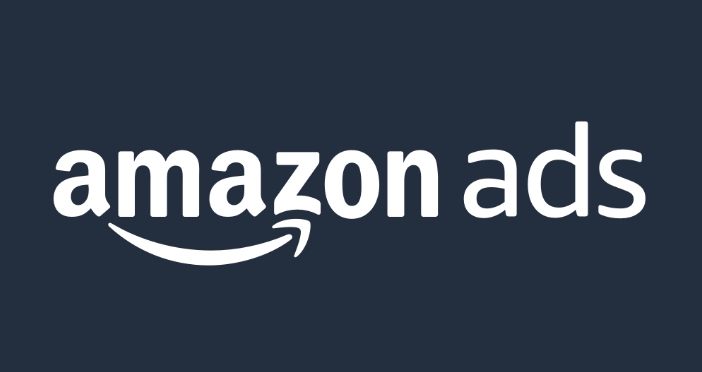
A tycoon once lamented “I know half my advertising spend is wasted. The trouble is, I don’t know which half!” It’s quite common for advertisers to wonder whether they’re throwing money away when they pay for their ad budget.
If you’ve only just started pay-per-click (PPC) advertising you may feel the same. But in fact, you’ve got some good tools for analyzing the success of your ad spend and taking decisions which can increase the effectiveness of your campaigns.
Your first weapon is Advertising Cost of Sales, or ACOS for short. ACOS is the amount you spend on ads relative to your sales value. So if you spend $100 on advertising and you sell $500 of product, you have an ACOS of 20%. If you spent $100 on advertising and you only sell $120 of product, you have an ACOS of 83% and, just looking at those numbers, you’re not doing very well. (Note that the figure you use for revenue is revenue from your advertising; you don’t include organic revenue.)
ACOS is great for comparisons. You can compare your ad campaigns with each other, and you can compare how they’re doing now with how they were doing a year ago. (For historical comparisons, you may need to save your data as Amazon doesn’t keep it available forever on Seller Central.)
What ACOS isn’t much good for is absolutes. There’s no such thing as a “good ACOS”. What’s good will depend on your products, your business, and your objectives. For instance, many companies spend 25-35%. If you’re aiming for fast growth, launching a new product, or aiming to dominate a niche, you’re going to want higher ACOS.
15-20% is pretty good as a rule of thumb for ‘normal’. 10% might be spectacularly good and mean your advertising has really delivered; but it’s a lot more likely to mean that your spend is too low to have much impact. If you just want to coast for a few years and make profits, that might be fine, but if you want to grow your sales it might not do the job.
Another way of looking at the same figures is ROAS, Return On Advertising Spend. It’s basically the same two figures turned the other way around, so you divide your revenue by your ad spend. So 500 divided by 100 is 5 – you’re getting 5 times what you spent back in sales.
The number isn’t as important as the trend, but generally, brands want to see ROAS at 3 or 4.
If you want to increase the return, or cut your spend, then the first thing you’ll want to do is to look for keywords that you’re paying for but which are not creating any sales. Cut them out, and focus the ad spend on your best converting keywords instead. For instance, if “cupcake decorating nozzle” is converting well but “piping bag nozzle” isn’t, then cut your piping nozzle campaign and switch the funds to the other campaign.
Use negative keywords to stop getting irrelevant customers. If you sell chef’s knives then think about using negative keywords to stop people who want a pocket knife or hunting knife from wasting your ad spend.
Adjust your bids so you’re not paying top dollar for keywords. Do some split testing (A/B testing) to find out which kind of ad works best for you. And make sure once customers arrive at your product listing, it’s optimized looks good, and motivates them to buy.
If you take these actions and follow your ACOS and ROAS regularly, you’ll soon see the impact. Then it’s up to you to decide whether you’ll take the extra profit, or invest in advertising more aggressively.
